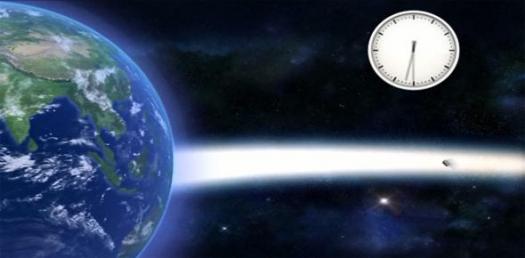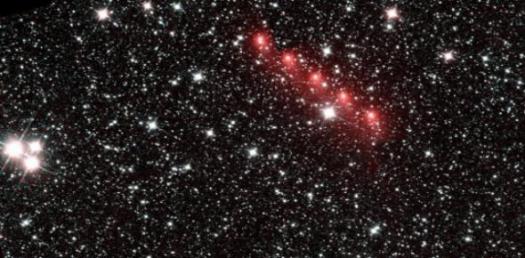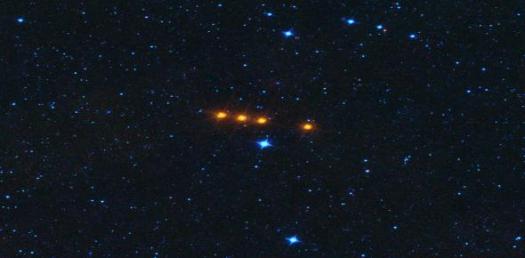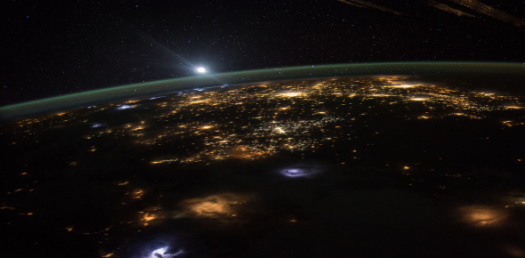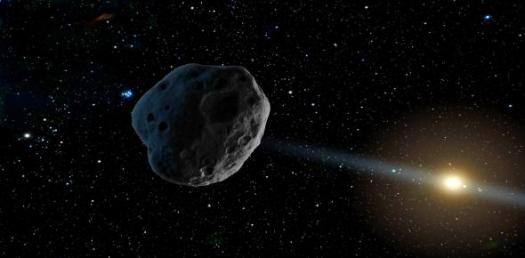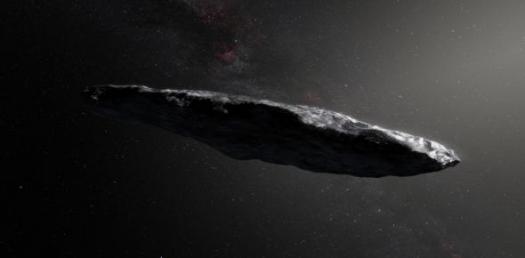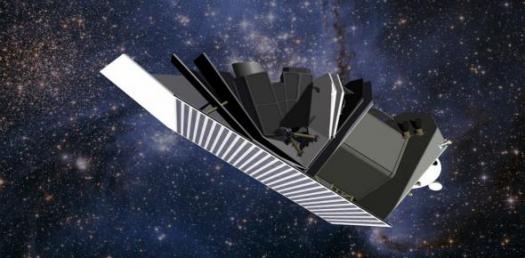Comets Vs Earth: A History Trivia!

Comets have raised the alarm and have as well installed fear into humans since their first fighting. They're referred to as hairy stars which carry with them a look and shape resembling fiery swords which to a lot of people were considered and seen as bearers of bad omen or omens of dooms. Discoveries, however, have made it known that though comets may have taken life away through cataclysmic impacts, they're probably as well responsible for the improvement of life by supplying Earth with vital molecules.
- 1.
Which of the following was thought to have been provided by comets?
- A.
Snow
- B.
Rocks
- C.
Dusts
- D.
Water
Correct Answer
D. WaterExplanation
Comets are known to contain a significant amount of water in the form of ice. As they approach the Sun, the heat causes the ice to vaporize, creating a glowing coma and tail. This suggests that water was provided by comets, making it the correct answer.Rate this question:
-
- 2.
When did the Tunguska explosion occur?
- A.
1909
- B.
1908
- C.
1905
- D.
1915
Correct Answer
B. 1908Explanation
The Tunguska explosion occurred in 1908.Rate this question:
-
- 3.
Where did the Tunguska explosion happen?
- A.
Siberia
- B.
California
- C.
China
- D.
Budapest
Correct Answer
A. SiberiaExplanation
The Tunguska explosion happened in Siberia. This event occurred on June 30, 1908, when a massive explosion flattened over 770 square miles of forest. It is believed to have been caused by the airburst of a large meteoroid or comet fragment, releasing an estimated energy equivalent to 10-15 megatons of TNT. The explosion caused widespread damage and is considered to be the largest impact event in recorded history.Rate this question:
-
- 4.
The Chelyabinsk meteor happened when?
- A.
2011
- B.
2012
- C.
2013
- D.
2010
Correct Answer
C. 2013Explanation
The Chelyabinsk meteor occurred in 2013. This event was a large meteor explosion that took place over the city of Chelyabinsk in Russia on February 15, 2013. The explosion caused a powerful shockwave that damaged buildings and injured many people. It is one of the most well-documented meteor events in history, with numerous videos and photographs capturing the dramatic event.Rate this question:
-
- 5.
The light from the meteor was visible up to how many kilometres?
- A.
50km
- B.
200km
- C.
100km
- D.
150km
Correct Answer
C. 100kmExplanation
The correct answer is 100km. This means that the light from the meteor was visible up to a distance of 100 kilometers.Rate this question:
-
- 6.
The Chelyabinsk meteor caused how many non-fatal injuries?
- A.
Over 7000
- B.
1491
- C.
2573
- D.
985
Correct Answer
B. 1491Explanation
The Chelyabinsk meteor caused 1491 non-fatal injuries.Rate this question:
-
- 7.
How many properties were damaged?
- A.
Over 7,200
- B.
Less than 5000
- C.
Less than 7,500
- D.
5000
Correct Answer
A. Over 7,200Explanation
The answer is "Over 7,200" because it indicates that the number of damaged properties exceeds 7,200. This implies that the actual number of damaged properties is greater than 7,200, but the exact number is not specified.Rate this question:
-
- 8.
When did the Chíing-yang meteor shower happen?
- A.
1850
- B.
1925
- C.
1490
- D.
1467
Correct Answer
C. 1490 -
- 9.
Which of the following provided the first direct observation of an extraterrestrial collision of solar system objects?
- A.
Chelyabinsk meteor
- B.
Tunguska explosion
- C.
Comet Shoemaker-Levy 9
- D.
Chicxulub impact
Correct Answer
C. Comet Shoemaker-Levy 9Explanation
Comet Shoemaker-Levy 9 provided the first direct observation of an extraterrestrial collision of solar system objects. This comet was discovered in 1993 and it made headlines in 1994 when it collided with Jupiter. The impact was observed by astronomers around the world and it left a series of dark impact scars on Jupiter's atmosphere. This event marked the first time that scientists were able to witness a collision between two celestial bodies in real-time, providing valuable insights into the dynamics of such events.Rate this question:
-
- 10.
When did Comet Shoemaker-Levy 9 break apart?
- A.
1992
- B.
1959
- C.
1983
- D.
1891
Correct Answer
A. 1992Explanation
Comet Shoemaker-Levy 9 broke apart in 1992.Rate this question:
-
Quiz Review Timeline +
Our quizzes are rigorously reviewed, monitored and continuously updated by our expert board to maintain accuracy, relevance, and timeliness.
-
Current Version
-
Mar 15, 2023Quiz Edited by
ProProfs Editorial Team -
Apr 26, 2019Quiz Created by
AdewumiKoju
 Back to top
Back to top



